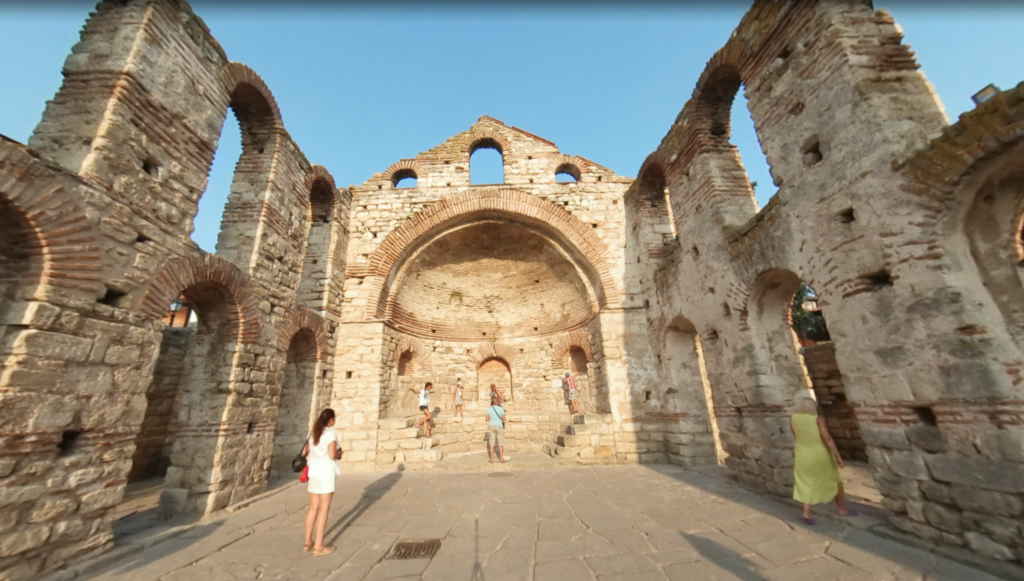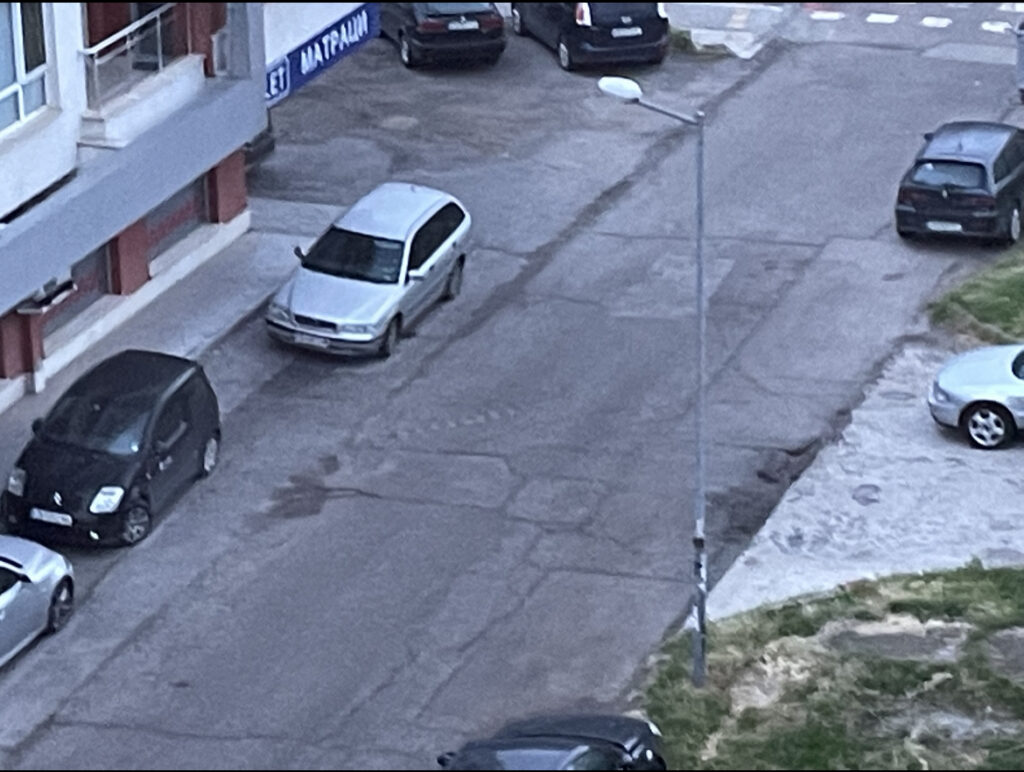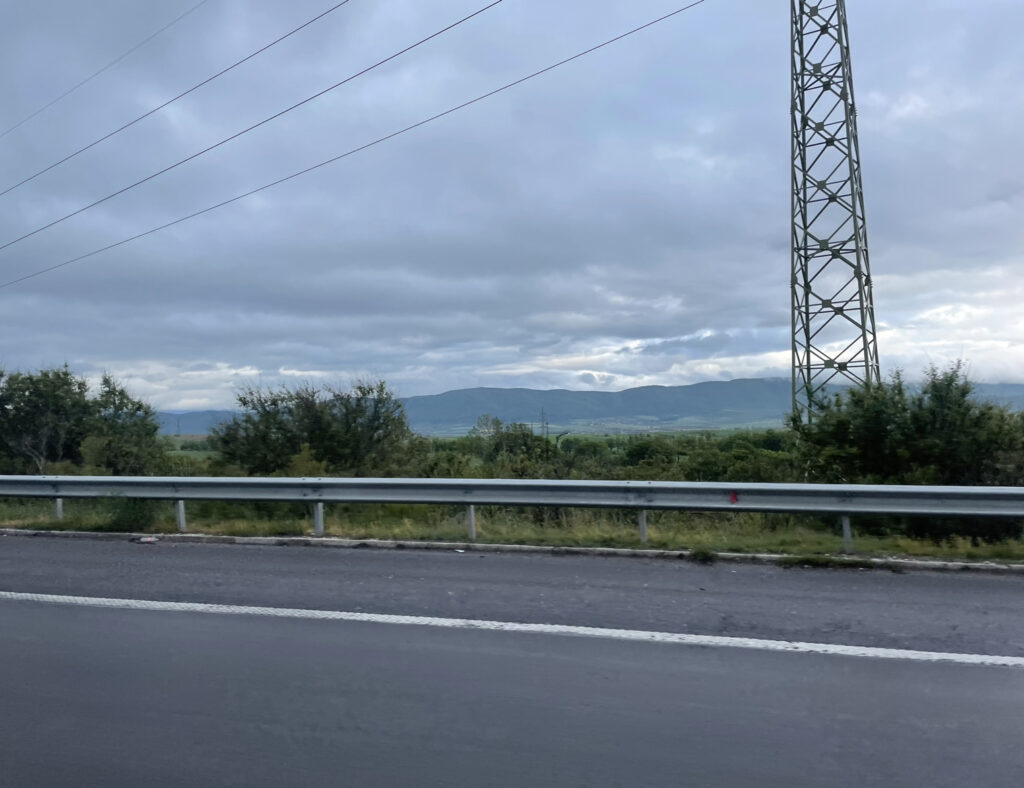Nessebar (again!)
Finally, after this winter season, I will be going to Nessebar again, but for longer. This Friday, me and my parents are going to Nessebar, to explore the region more precisely, and enjoying a normal cool weather, not like last time, it was around 29ºC, so we almost got a heat stroke. Everything on top, we were hungry as the devil can be. It was very weird and somewhat annoying when we first arrived, at least after that, we went for a nice evening walk in Sozopol. Keep in mind that we had to squeeze all of these plans in a day and a half.
Luckily, we managed to book a hotel near the coast of the Nessebrian Old Town, and, we have 4 days to explore, which is considerably enough. During the trip, I will be actively be updating this exact blog post, like last time. Since I don’t want this post to be really short, let’s take a look at the history, the common traditions, and why this is a great tourist destination:
- Why is this a good tourist destination?
Firstly, many people find it amazing to have a small piece of land that is attached to Bulgaria by a single, two lane path. Look at the picture below and see for yourself:
See the tiny little land on the map, many people, like me find it amazing and pretty rare.
Second, the old houses and buildings in the Old Town are things that attract tourists.

- History of Nessebar
By Wikipedia
After the Liberation of Bulgaria from Ottoman rule in 1878, Nesebar became part of the autonomous Ottoman province of Eastern Rumelia in Burgaz department until it united with the Principality of Bulgaria in 1885. Around the end of the 19th century Nesebar was a small town of Greek fishermen and vinegrowers. In 1900 it had a population of approximately 1.900, of which 89% were Greeks, but it remained a relatively empty town. It developed as a key Bulgarian seaside resort since the beginning of the 20th century. After 1925 a new town part was built and the historic Old Town was restored.
It was one of the most important strongholds of the Eastern Roman Empire from the 5th century AD onwards, and was fought over by Byzantines and Bulgars, being captured and incorporated in the lands of the First Bulgarian Empire in 812 by Khan Krum after a two-week siege only to be ceded back to Byzantium by Knyaz Boris I in 864 and reconquered by his son Tsar Simeon the Great. During the time of the Second Bulgarian Empire it was also contested by Bulgarian and Byzantine forces and enjoyed particular prosperity under Bulgarian tsar Ivan Alexander (1331–1371) until it was conquered by Crusaders led by Amadeus VI, Count of Savoy in 1366.
Thank you for reading my blog for now! As soon as the trip starts, I will update this page. Have a nice day, goodbye!
This is where the trip text will start.
May 21st, 6:05AM
I just woke up. My Windows say that the weather is not looking very good, it says that it will be warm, but it will be raining. So far I don’t think there is any.


Write you when we start going to Nessebar!
May 21st, 7:15 AM.
We are heading off to Nessebar, but we might stop in Plovdiv, Bulgaria.
